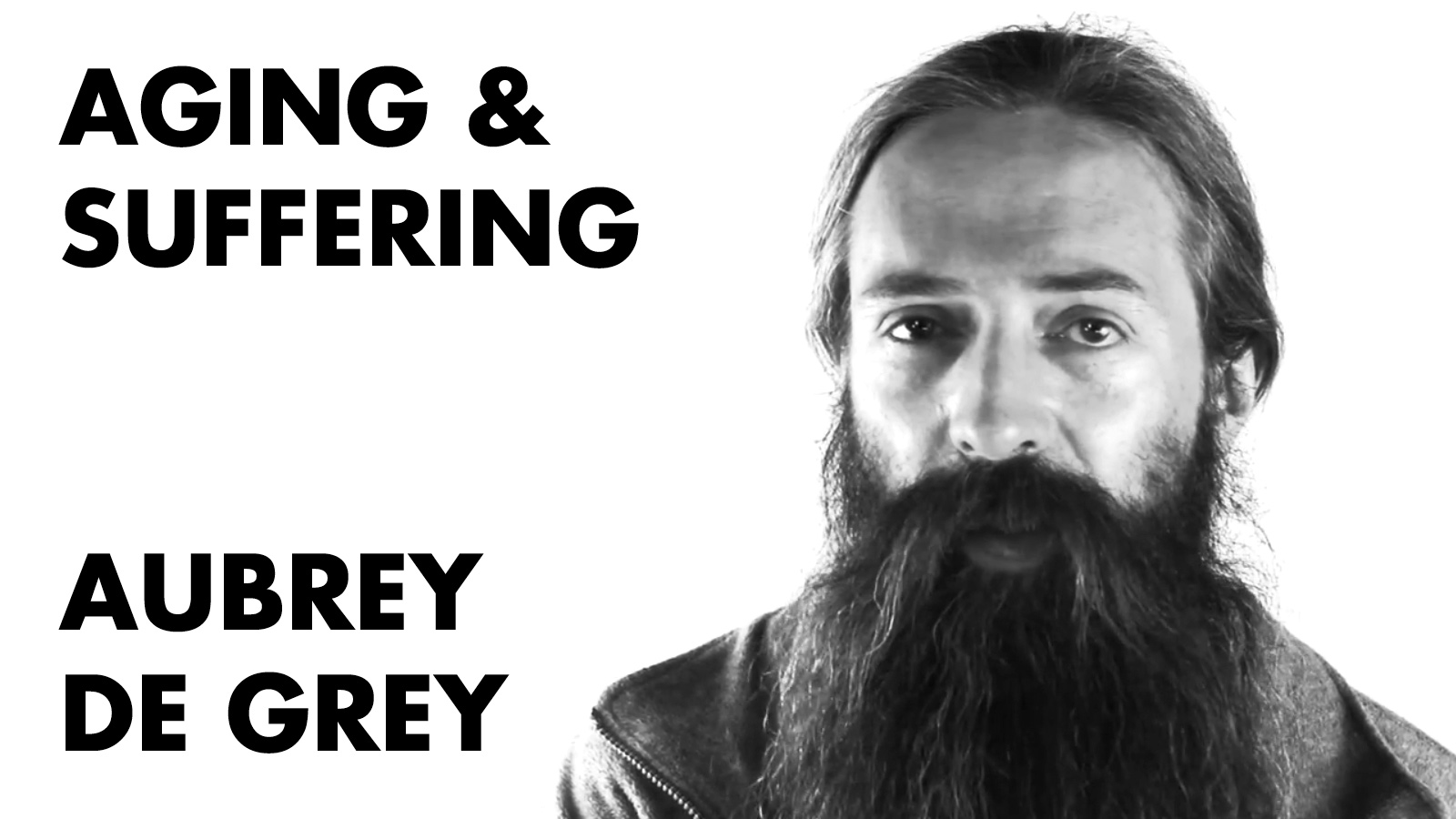Aubrey de Grey – SENS Therapy Delivery
In this interview Aubrey discusses some of the various approaches that SENS therapy will likely be delivered. Mostly covering gene therapy. Also see this interview where Aubrey de Grey discusses using artificial organs and synthetic devices as replacement parts to aid in defeating aging.
Ex-Vivo Gene Therapy

Some things that people are already looking at, for instance introducing new blood stem cells into AIDS patients that contain an AIDS resistant gene named CCR5. A very small portion of people have a natural variant of that gene, called Delta32, which confers very strong resistance to HIV. If you could give this variant of CCR5 this could be a very powerful therapy – luckily the cells that need to have that variant are blood cells – blood cells come from stem cells – so bone marrow transplants with this appropriately modified version of this gene would be very powerful, and that is already being worked on.
There may be very many other cases of inherited diseases (especially) which could be modified and indeed perhaps cured by using genetic modification of stem cells for stem cell therapy.
Now in the case of ageing, this may also be a good way of delivering certain of the SENS therapies – the one that’s most obvious is LysoSENS – the Lyso Enhancement idea for getting rid of the molecular garbage inside of cells – because here we have to introduce new enzymes into these cells (enzymes that are not encoded into the normal human genome) and in some cases it may make sense to actually introduce the enzymes by injecting the enzymes into the circulation in the same way we already treat certain inherited diseases of Lysosomal function (called Lysosomal storage diseases). But in other cases it may be actually be preferable to make genetic modifications to stem cells so that the blood cells or the other cells that are created from those stem cells are able to have that genetic modification and thereby not to accumulate the molecular garbage that we are talking about – perhaps even to eliminate the molecular garbage that had already accumulated.
There are certain diseases with a very low hit rate – that is getting a suitable genetic modification to a very small number of cells is enough to be able to actually cure the disease. But in most cases you have to hit quite a lot of cells and we really just don’t know how to do that yet. We at SENS foundation are very interested in helping to address that problem and there is one particular approach to improving very substantially the ability to very safely introduce new DNA into a lot of cells into the body which we are just starting a project to explore. **
* Note this interview was done shortly before CRISPR was discovered.
** This project is called?? Note I will follow up with Aubrey de Grey on this point – but my feeling is that CRISPR may have solved the problem, at least partially
Adeno-Associated Virus
 One of the biggest dangers in somatic gene therapy and also it’s a danger for ex-vivo gene therapy (where you genetically modify stem cells and then you introduce them) is that on occasion the engineered gene may go into the genome in the wrong place – into a place that causes damage in the form of disrupting the DNA that was already there – in a way that you don’t want. In general that disruption is harmless, but very occasionally it may not be harmless – it may actually make the cell cancerous (and there have been genuine cases of this in clinical trials for particular gene therapies). So, people are very interested in ways to stop that from happening. The most obvious way to stop that from happening is to develop a gene therapy vector (a type of virus) that preferentially goes into a particular harmless place in the genome and not go into any of the potentially harmful places – now it turns out that there are some viruses that naturally do this – there is something called AAV (Adeno-Associated Virus) which preferentially go into one particular site of chromosome 19 and people have been very interested in that virus for quite a long time for exactly that reason. However it turns out that its quite complicated to make that really work and the hit-rate is not good enough – it still has random integration at an unacceptably high level. So people will want to find other ways to go about this – and there really are lot’s of very creative technologies out there that are being explored to do exactly that. I’m very optimistic that quite soon we will have gene therapy that very robustly does not disrupt DNA that it would be dangerous to disrupt.
One of the biggest dangers in somatic gene therapy and also it’s a danger for ex-vivo gene therapy (where you genetically modify stem cells and then you introduce them) is that on occasion the engineered gene may go into the genome in the wrong place – into a place that causes damage in the form of disrupting the DNA that was already there – in a way that you don’t want. In general that disruption is harmless, but very occasionally it may not be harmless – it may actually make the cell cancerous (and there have been genuine cases of this in clinical trials for particular gene therapies). So, people are very interested in ways to stop that from happening. The most obvious way to stop that from happening is to develop a gene therapy vector (a type of virus) that preferentially goes into a particular harmless place in the genome and not go into any of the potentially harmful places – now it turns out that there are some viruses that naturally do this – there is something called AAV (Adeno-Associated Virus) which preferentially go into one particular site of chromosome 19 and people have been very interested in that virus for quite a long time for exactly that reason. However it turns out that its quite complicated to make that really work and the hit-rate is not good enough – it still has random integration at an unacceptably high level. So people will want to find other ways to go about this – and there really are lot’s of very creative technologies out there that are being explored to do exactly that. I’m very optimistic that quite soon we will have gene therapy that very robustly does not disrupt DNA that it would be dangerous to disrupt.
RNA Interference
Neuro-Regeneration
Aubrey de Grey is the chief science officer of the SENS Research Foundation, which is a 501(c)(3) public charity that is transforming the way the world researches and treats age-related disease.
The research SENS funds at universities around the world and at SENS own Research Center uses regenerative medicine to repair the damage underlying the diseases of aging. The goal of SENS is to help build the industry that will cure these diseases.
Aubrey de Grey was interviewed by Adam Ford in 2012.
Here is a playlist of all the interview sections:









One Comment